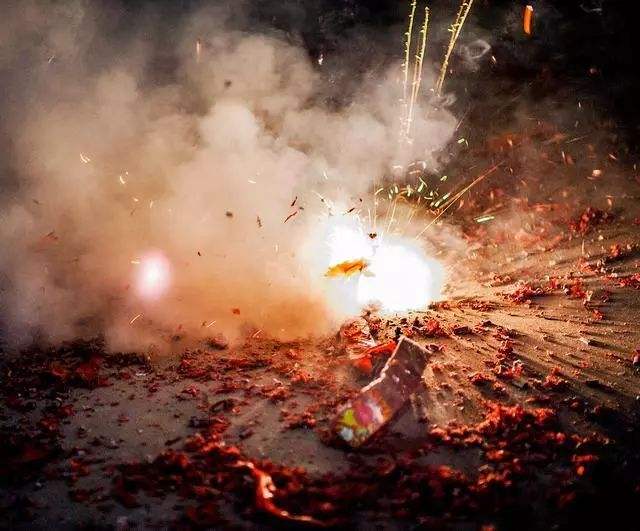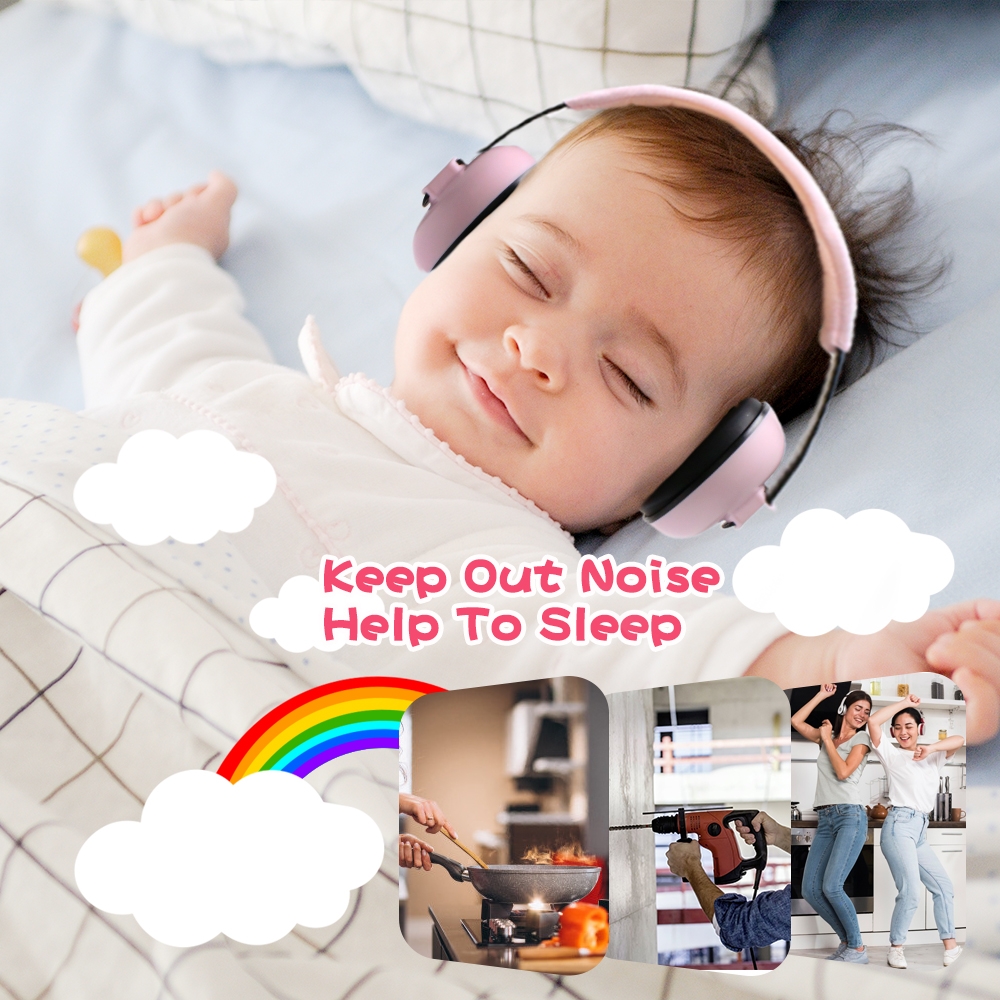Every Spring Festival, almost every family will set off fireworks, which can increase the lively festive atmosphere, but also cause air pollution and potential safety hazards. What is easy to be ignored is that setting off firecrackers has a special risk for children and pregnant women: noise!
How loud are fireworks?
Before discussing the impact of fireworks on your baby’s hearing, it should be clear how loud these noises are? The reporter has done experiments and found that the firecracker noise in the figure below is as high as more than 100 decibels!

When the reporter is 10 meters away from the firecrackers, the sound reaches 102.8 dB when the firecrackers are lit;
When the distance is 20m, the measured noise is 101.1 db;
Go to a resident’s house nearest to the firecrackers and close the door for testing. The noise is still 98.7 dB
The authoritative organization “ASHA” has a concise and professional data on the volume level of common sound sources in daily life:
PAIN
150 DB = fireworks about 1 meter high
140 dB = gun, jet engine
130 dB = jackhammer
120 dB = aircraft take-off, alarm
EXTREMELY LOUD
110 dB = some MP3 players, planes, chainsaws
106 DB = lawn mower, snow remover
100 dB = hand drill, pneumatic drill
90 dB = subway, passing motorcycle
VERY LOUD
80 – 90 dB = hair dryer, kitchen mixer, food processor
70 dB = busy traffic, vacuum cleaner, alarm clock
MODERATE
60 dB = talk, dishwasher, dry cleaner
50 dB = moderate rain
40 dB = quiet room
FAINT
30 dB = whisper, quiet library
It can be seen that both Chinese journalists and professional institutions in the United States file the noise of fireworks to a more serious level, often above 100 decibels! Especially in the experiment of Chinese journalists, the sound of fireworks and firecrackers was 98.7 decibels in the house with closed doors and windows!
Can noise hurt babies and fetuses?
We can hear sound through a series of nerve conduction processes. One of the important links is the “hair cells” in the inner ear, which can respond to sound waves. But hair cells are also very “delicate”. Noise will cause it to be damaged, which will affect hearing! Some effects are temporary. Hair cell regeneration is restored after a few days of rest; But some more serious effects are irreversible, which will lead to people’s hearing loss and even deafness! Babies and fetuses are more vulnerable to noise than adults!
The American Academy of Pediatrics (AAP) has a review noise: a hazard for the fetus and newborn, which has evaluated the impact of noise on fetuses and newborns. AAP believes that for the fetus, there is evidence that long-term exposure to noise environment may lead to premature delivery, fetal birth weight loss, fetal hearing loss in high frequency, etc; But there is no evidence that it will lead to fetal malformation; For newborns, noise may cause cochlear injury; For premature infants, it may also affect development.
In other words, AAP clearly believes that noise is harmful to the fetus and baby! In addition, we should pay special attention: the harm of noise to people is often gradual and subtle – at first, you just think the sound is too loud and may not be serious; Then when you find hearing loss, the injury has been caused! This should be paid special attention to the baby – the baby can’t speak or express well. At this time, they can’t say the harm of noise to them!
Safe range of noise
The harm of noise is related to “noise intensity” and “noise duration”. Therefore, to discuss the “safety” of noise, we should combine these two points. The American Academy of Pediatrics recommends that for newborns, it is best not to exceed 45 decibels of ambient noise at any time. For children, there is no accurate data suggestion at present, but there is a simple judgment standard: if you speak at a normal volume in a background sound environment, and the other party can’t hear you clearly, then the background sound is already harmful noise! It can be said that basically, the environment exceeding 60 dB is a harmful noise environment.
The American Hearing Research Foundation (AHRF) has a statistics on the noise tolerance of adults. They believe that: in the 90 dB environment, adults can stay up to 8 hours a day; In 100 dB environment, adults can spend up to 2 hours a day; At 115 decibels, adults spend up to 15 minutes a day. For children, it should be much stricter than this standard!
As we mentioned above, even if it sounds at home, the noise of outdoor firecrackers is about 100-150 db; This noise intensity may cause damage to the baby’s hearing in 15-30 minutes! So for the baby, the noise of firecrackers in the Spring Festival is really not a small problem! If fireworks are not prohibited in your area, you must pay attention to it.
How to prevent noise
In fact, there is no good way to prevent noise. There are three main ways:

1.Use anti noise ear muffs. There are many products of this kind of children’s sound insulation earmuffs. It’s really necessary to buy one. Especially for Chinese families, it is used during New Year holidays!
2.Keep away from noise sources as far as possible. In addition to places far away from setting off fireworks like the Spring Festival, it is more important to prevent the noise generated by toys in daily life! This should be paid special attention, because the baby plays with toys for a long time, and the sound of domestic toys is often very loud, so the damage of toys to the baby’s hearing is actually relatively common!
3.Hearing screening for newborn babies. At present, many newborns in big cities will do hearing screening. This screening is very important. It is recommended that every newborn baby do it once. Especially families with hereditary hearing problems.
